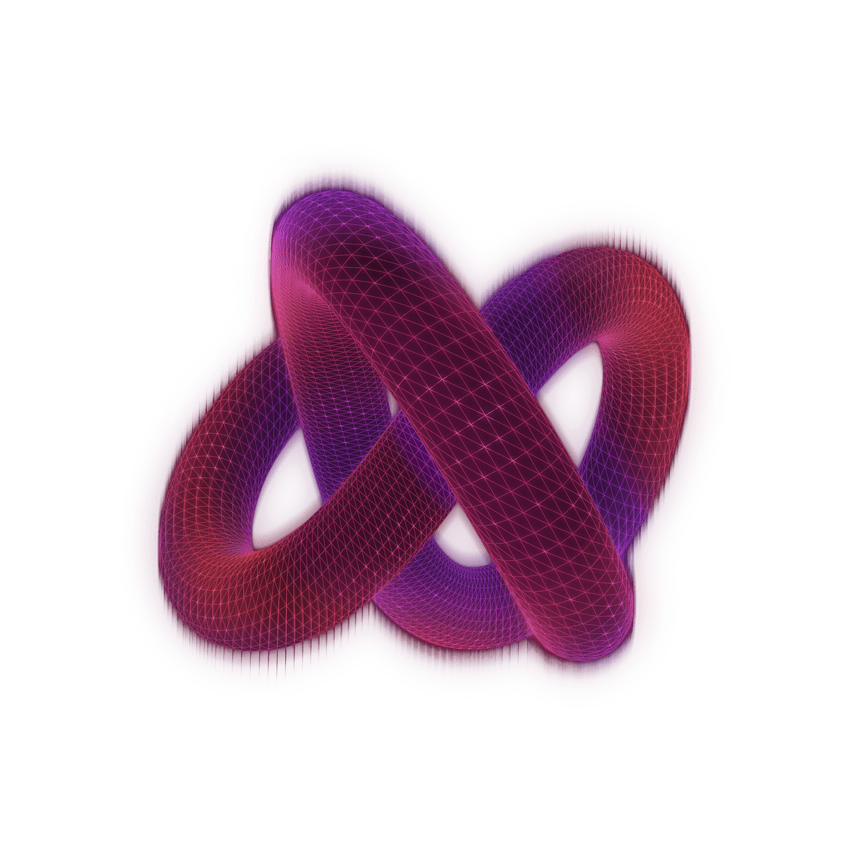

$50M PROGRAM
Untangling Addiction

What if we treated addiction
like we treat cancer —
as a curable, biological illness?
Worldwide, AUD and SUD are costly as well as deadly — responsible for a global productivity loss equivalent to 131 million Years Lived with Disability (YLDs), incurring an annual cost exceeding $740 billion due to healthcare expenses, lost work productivity, and crime-related costs. No country or region is immune.
“Drug Addiction is a chronic, relapsing brain disorder characterized by compulsive drug seeking and use despite harmful consequences.”
This calls for a fundamental reassessment of our existing strategies, and advocates for novel approaches that quantify and delineate the neural and physiological elements disrupted by addiction. Additionally, it emphasizes the need to develop a framework that integrates this knowledge into the treatment and tracking of recovery.
“It's time for a radical shift in our battle against addiction. We need to adopt strategies that are guided by a deepened understanding of the complex neural and physiological mechanisms of drug abuse.”
The program aims to unite clinicians, neurobiologists, addiction researchers, physical scientists, engineers, and computer scientists from universities, nonprofits, and the private sector, all focused on achieving the program goals and a new understanding of the neurobiological mechanisms underlying addiction.
Program Director.

Further details.
To learn more about the program history, performer teams, and process, please visit the Program Details Page.